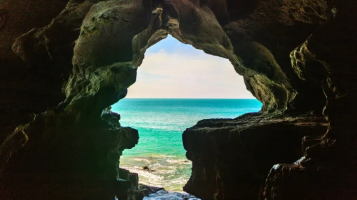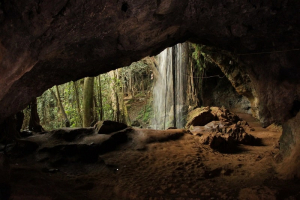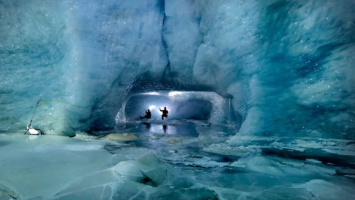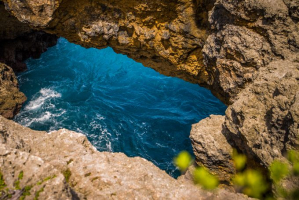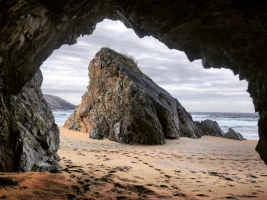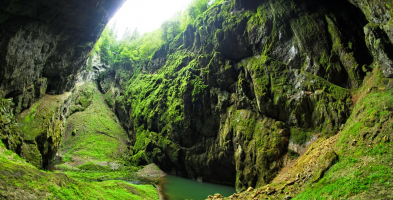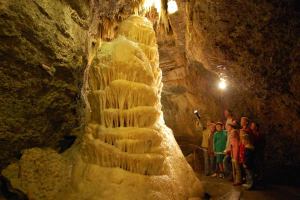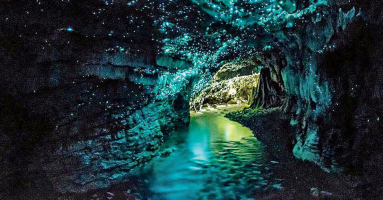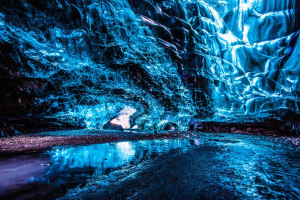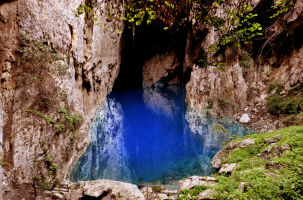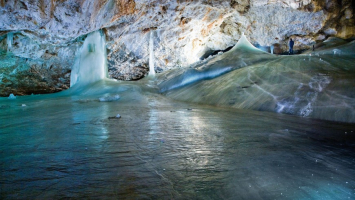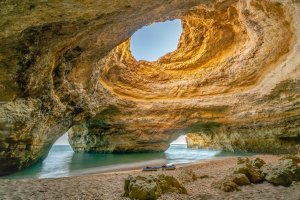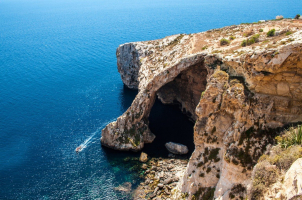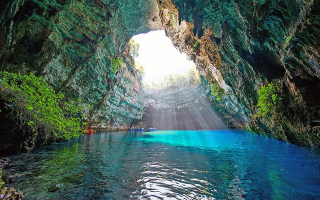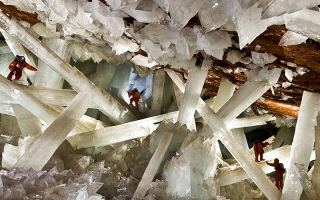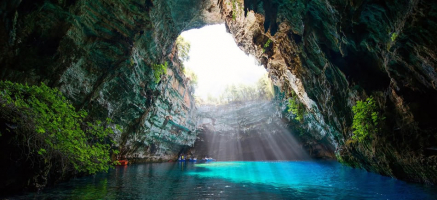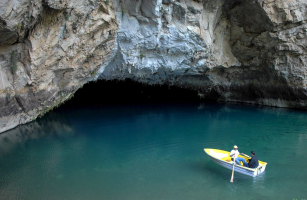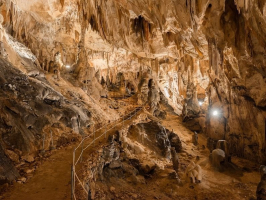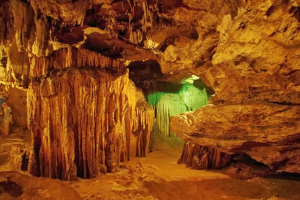Top 7 Most Beautiful Caves in France
There are many prehistoric caves in France that are worth visiting for travelers who are interested in geology, caves, and prehistoric art. Some are original ... read more...caves, while others are replicas, but both are worth seeing. Here is a list of some of our favorite caves in France, which we can try to incorporate into your itinerary. Except for the Chauvet cave, which is in Provence, all of the following are in the Dordogne and Lot regions of southwestern France. Here is a list of some Most Beautiful Caves in France.
-
Lascaux is one of the Most Beautiful Caves in France and is a network of caves located near the village of Montignac in the Dordogne department of southwestern France. Over 600 parietal wall paintings adorn the cave's interior walls and ceilings. The paintings primarily depict large animals, typical of the local contemporary fauna, which correspond to the Upper Paleolithic fossil record in the area. They are the result of many generations' work, and the age of the paintings is now usually estimated to be around 17,000 years old, despite ongoing debate (early Magdalenian). Lascaux was added to the UNESCO World Heritage List in 1979 as part of the Prehistoric Sites and Decorated Caves of the Vézère Valley because of its outstanding prehistoric art.
Unfortunately, the cave had to be closed to the public in 1963 due to damage to the paintings caused by the moisture and carbon dioxide in the breath of over 1,200 visitors per day. Visitors who want to experience what it's like inside the Lascaux cave may be interested in visiting the International Center for Cave Art (also known as Lascaux 4), a full-scale and high-tech replica of the Lascaux cave. Around 50 sculptors and artists worked for three and a half years to recreate 600 animal images and 400 symbols. To add authenticity, Lascaux 4 has the same temperature, air pressure, damp smell, and sounds as the original cave.
Location: Montignac, France
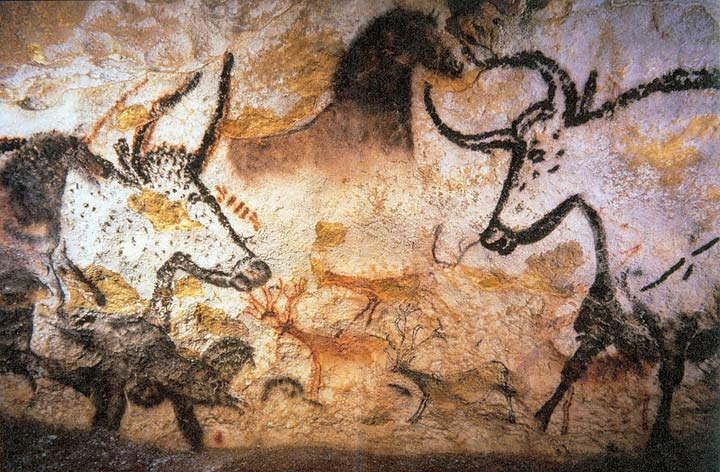
reddit.com 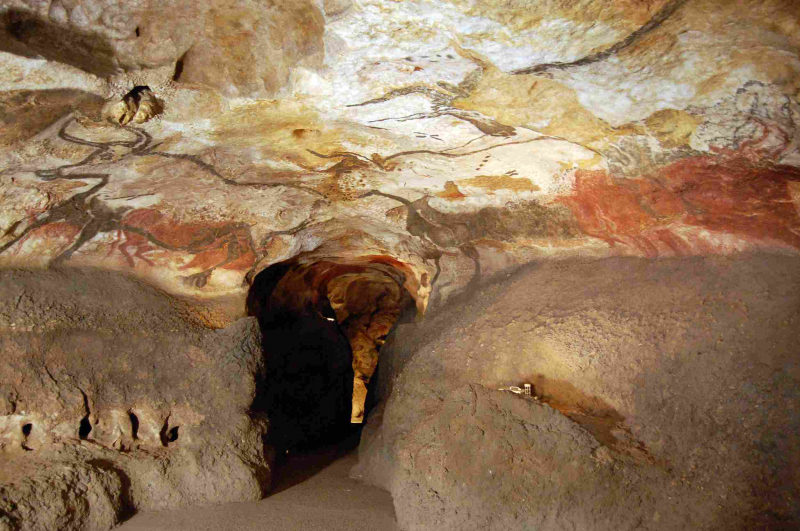
reddit.com -
Font-de-Gaume is a cave near Les Eyzies-de-Tayac-Sireuil in south-west France's Dordogne département. Prehistoric polychrome cave paintings and engravings from the Magdalenian period can be found in the cave. Font-de-Gaume was discovered in 1901, and over 200 images have been identified. Font-de-Gaume was inscribed on the UNESCO World Heritage List in 1979, along with other nearby prehistoric archeological sites, such as the Prehistoric Sites and Decorated Caves of the Vézère Valley.
Font-de-Gaume is France's only original cave with polychrome cave paintings that is still open to the public (at the time of writing). Back in the nineteenth century, these were the first cave paintings discovered in Perigord Province. Rock art dates back to the Upper Paleolithic Magdalenian period, approximately 17,000 years. The cave was most likely inhabited by European early modern humans (EEMH), also known as Cro-Magnons. Bison, horses, and mammoths are depicted in paintings and engravings on the cave walls. To protect the paintings, the number of people allowed into the cave each day is limited. As a result, it is best to arrive at the cave early in order to purchase your tickets on the day you wish to visit.
Location: Dordogne, France
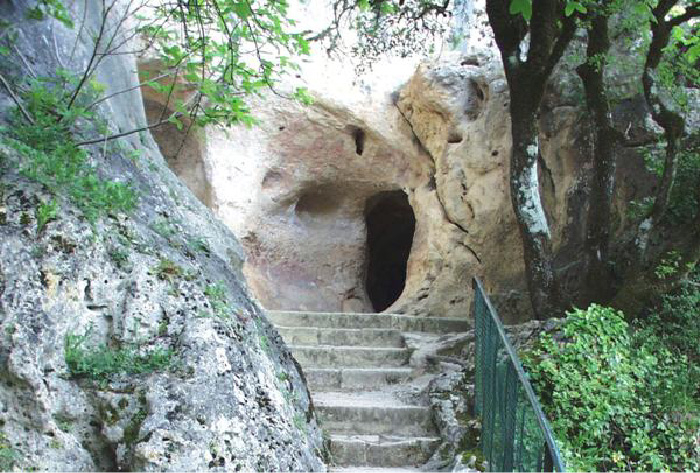
guide-du-perigord.com 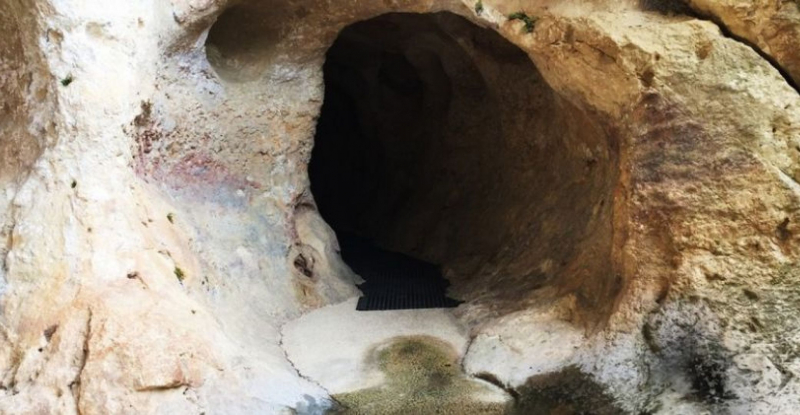
guide-du-perigord.com -
Les Combarelles is one of the Most Beautiful Caves in France and a cave in the Dordogne town of Les Eyzies de Tayac that was inhabited by Cro-Magnons between 13,000 and 11,000 years ago. The two galleries in the cave, which contain over 600 prehistoric engravings of animals and symbols, were critical in the re-evaluation of these prehistoric humans' mental and technical capabilities around the turn of the last century. The cave was inscribed on the UNESCO World Heritage List in 1979, along with other nearby paleolithic sites and cave paintings, as part of the Prehistoric Sites and Decorated Caves of the Vézère Valley.
The Combarelles cave is only a 20-minute walk or 2-minute drive from Font-de-Gaume. There are no paintings in this cave, but there are over 600 engravings of animals and symbols that date back around 12,000 years. This cave may make you feel like Indiana Jones as you venture deeper into the nearly 1,000-foot-long cave with an average cave width of just over 3ft! This is not for the faint of heart. If you can't get tickets for Font-de-Gaume on the day or are afraid of the confined cave of Combarelles, the Lascaux 4 replica is a good alternative, and it's only a half-hour drive away from these two prehistoric sites.
Location: Les Eyzies, France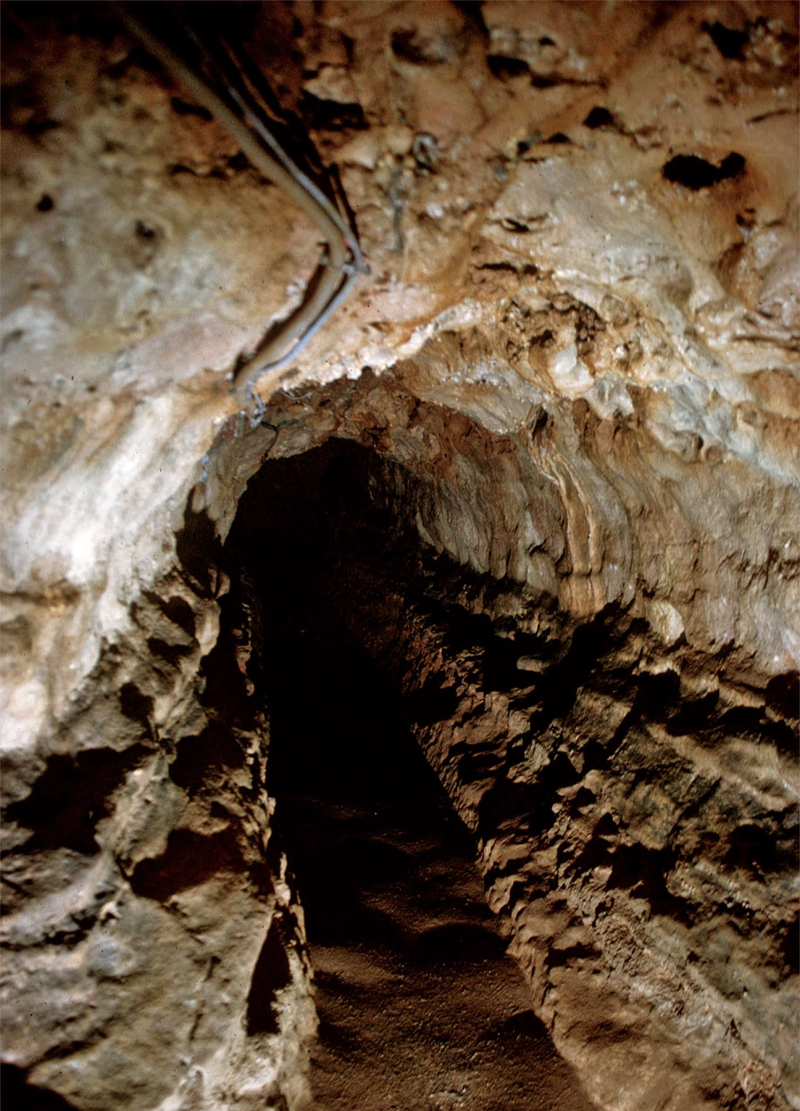
donsmaps.com 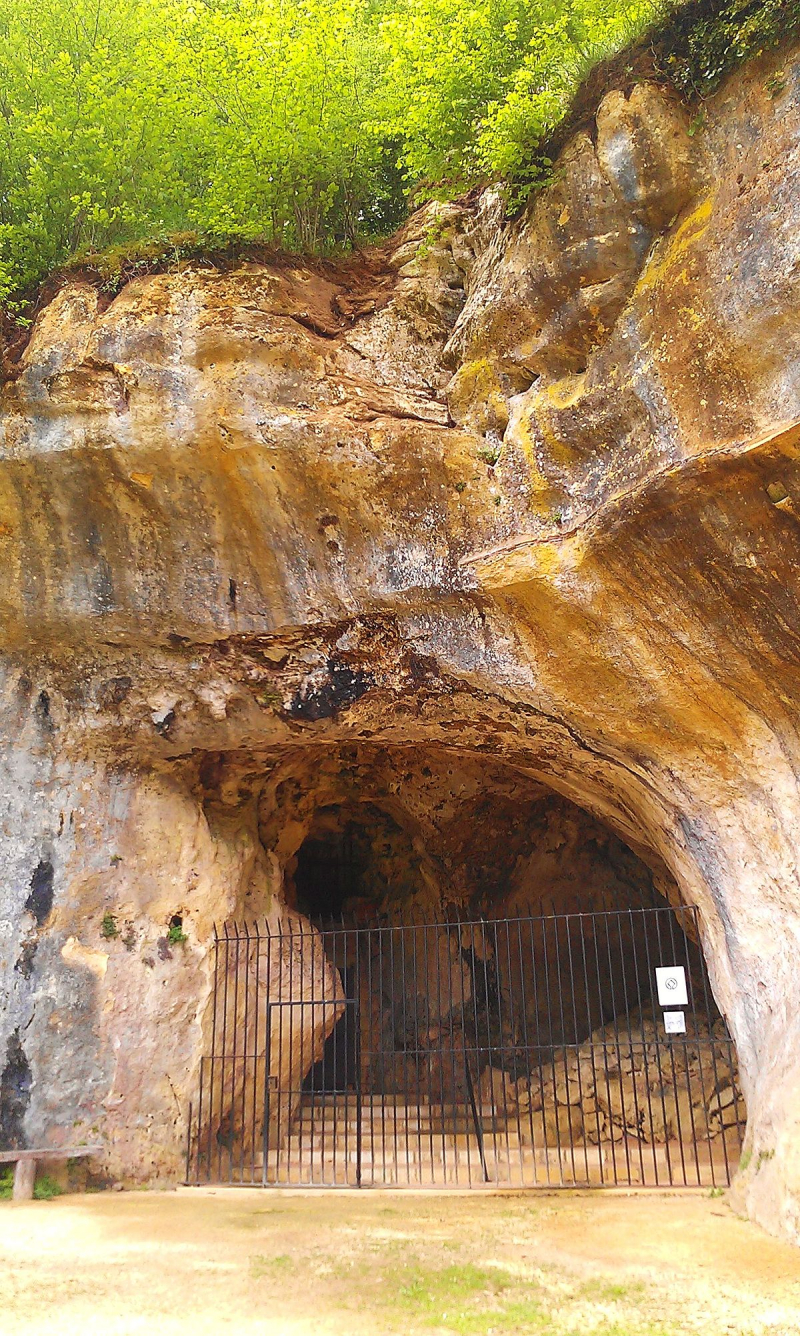
donsmaps.com -
The Chauvet-Pont-d'Arc Cave in southeastern France's Ardèche department contains some of the world's best-preserved figurative cave paintings, as well as one of the Most Beautiful Caves in France. It is located in the Gorges de l'Ardèche, near the commune of Vallon-Pont-d'Arc, on a limestone cliff above the former bed of the river Ardèche.
It was discovered on December 18, 1994, and is regarded as one of the most significant prehistoric art sites; on June 22, 2014, the United Nations' cultural agency UNESCO designated it as a World Heritage site. The cave was discovered six months after an aperture now known as "Le Trou de Baba" ("Baba's Hole") was discovered by Michel Rosa by a group of three speleologists: Eliette Brunel-Deschamps, Christian Hillaire, and Jean-Marie Chauvet (Baba). The group returned to the cave at a later date. Michel Chabaud, another member of this group, and two others ventured deeper into the cave and discovered the Gallery of the Lions, also known as the End Chamber. Chauvet's account of the discovery is quite detailed. They discovered fossilized remains, prints, and markings from a variety of animals, some of which are now extinct, in addition to the paintings and other human evidence.
The cave is located above the previous course of the Ardèche prior to the opening of the Pont d'Arc. The Ardèche gorges are home to a plethora of caves, many of which are geologically or archaeologically significant. The cave appears to have been used by humans during two distinct periods, according to radiocarbon dating: the Aurignacian and the Gravettian. The majority of the artwork is from the earlier Aurignacian period (32,000 to 30,000 years ago). The later Gravettian occupation, which took place between 27,000 and 25,000 years ago, left only a child's footprints, the charred remains of ancient hearths, and carbon smoke stains from torches used to light the caves. The footprints could be the oldest human footprints that can be accurately dated. Evidence suggests that after the child's visit to the cave, the cave remained untouched until it was discovered in 1994 due to a landslide that covered its historical entrance. The cave's soft, clay-like floor has cave bear paw prints, as well as large, rounded depressions, thought to be "nests" where the bears slept. There are many fossilized bones, including cave bear skulls and an ibex's horned skull. In this cave, a set of footprints of a young child and a wolf or dog walking side by side were discovered.
Location: Ardèche, France
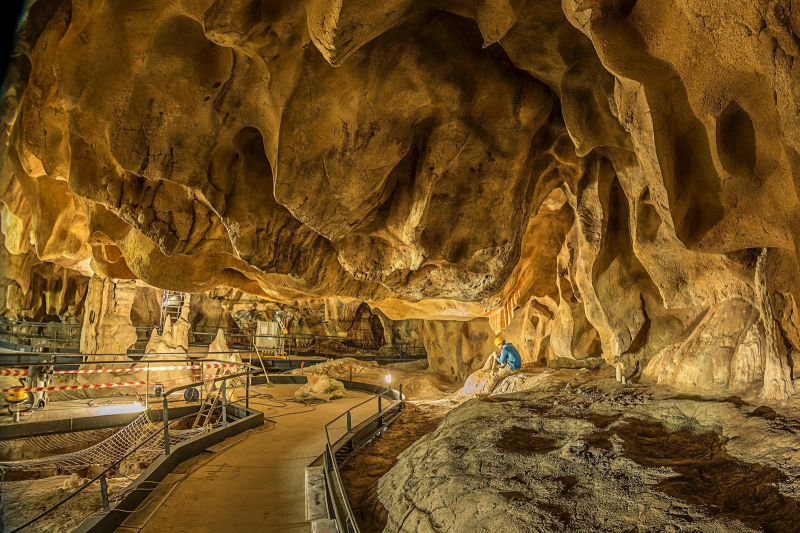
smithsonianmag.com 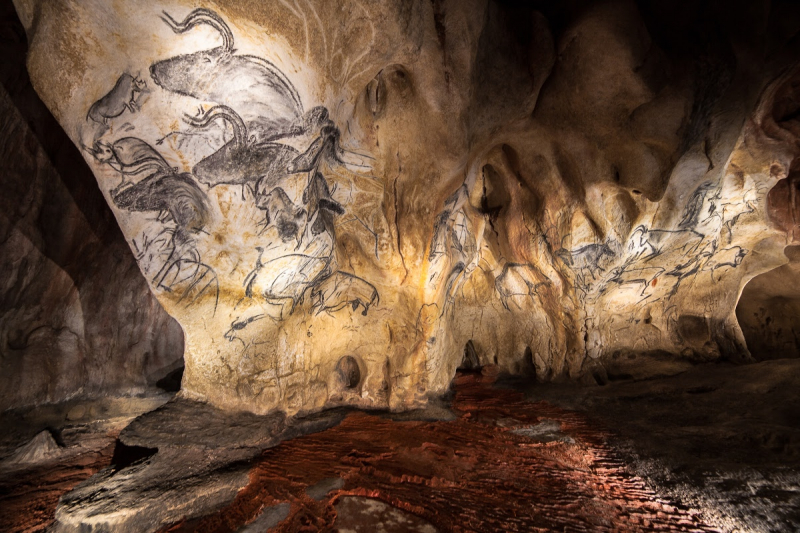
smithsonianmag.com -
The Cougnac caves' stunning geological formations and prehistoric cave paintings will delight prehistoric cave enthusiasts. The two caves at Cougnac, discovered in 1949 and 1952, have been open to the public for nearly 70 years. The cave art dates back 30,000 years and includes some of the oldest original cave paintings in France that are still accessible to the public. The motifs in the cave art include ibex, mammoth, the extinct megaceros (deer), and two very rare depictions of a 'wounded man' with spears piercing his body.
Because this is a popular destination for local school trips, you should visit the caves in the afternoon if you want to avoid the crowds. The guided tours begin with a geological tour of the first cave, where visitors can marvel at one of France's most beautiful cave roofs. The second part of the tour focuses on the archeological aspect of the second cave, with a particular emphasis on cave art. The tour of both caves lasts about an hour.
Location: Payrignac, France
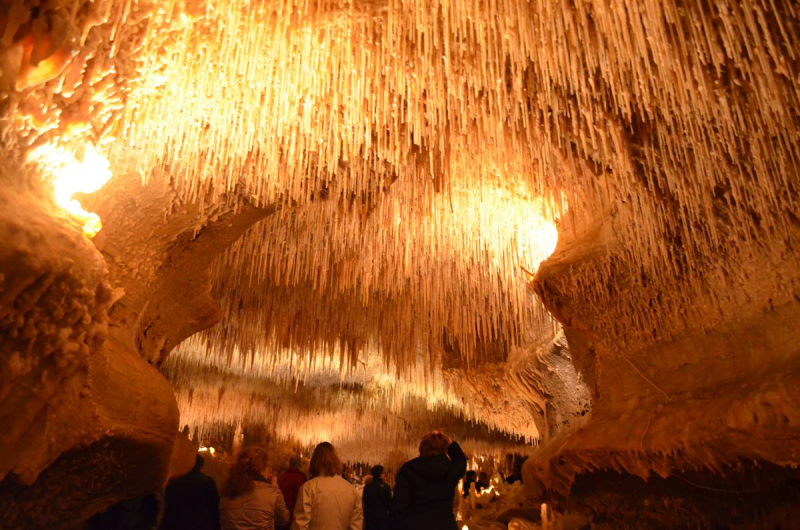
donsmaps.com 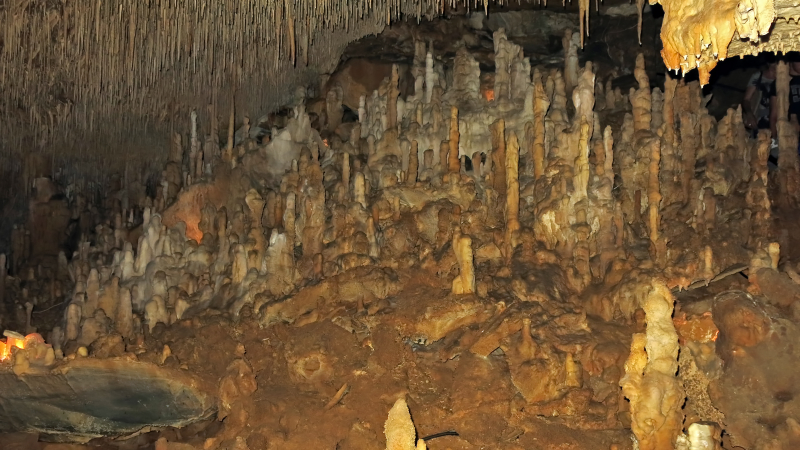
donsmaps.com -
Pech Merle is a cave that opens onto a hillside in Cabrerets, Lot département, Occitania region, France, about 32 kilometers by road east of Cahors. It is one of only a few prehistoric cave painting sites in France that is still open to the public. Caverns, wells, and sloping tunnels stretch over 2 kilometers over two levels, with only 1,200 m (3,900 ft) open to the public. The walls are painted with dramatic murals dating from the Gravettian culture (some 25,000 years BC). However, some of the paintings and engravings may date from the later Magdalenian period (16,000 years BC).
An underground river created this cave over 2 million years ago, cutting channels that were later used by humans for shelter and, eventually, mural painting. The galleries are mostly dry, with an average width of 10 meters. The height beneath the vault ranges between 5 and 10 meters.
Seven of Pech Merle's chambers have fresh, lifelike images of woolly mammoths, spotted horses, single color horses, bovids, reindeer, handprints, and some humans on the walls. Children's footprints preserved in what was once clay have been discovered more than 800 m (2,600 ft) underground. With great success, the Tracking in Caves project tested experience-based reading of prehistoric footprints by specialized Ju/'hoansi San trackers in 2013. There are ten other caves with Upper Palaeolithic prehistoric art within a 10-kilometer (6.2-mile) radius of the site, but none of them are open to the public.
Location: Lot Department, Midi-Pyrénées, France
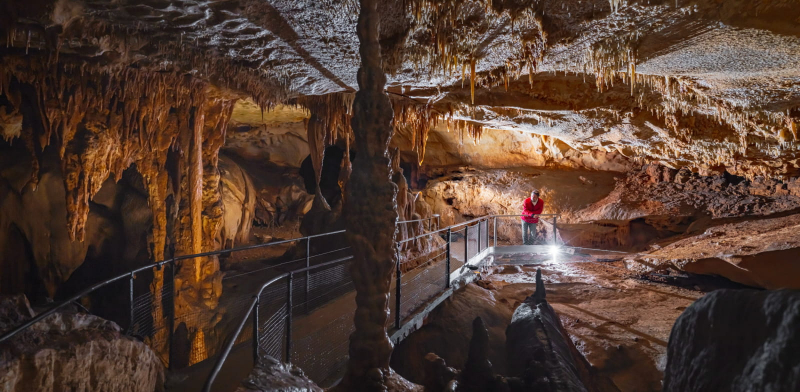
cahorsvalleedulot.com 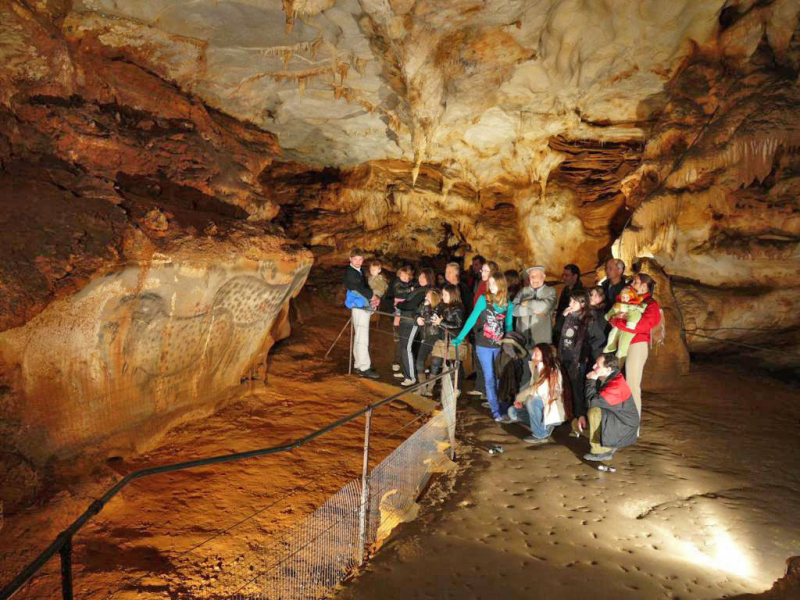
cahorsvalleedulot.com -
An electric train will transport you 2 kilometers and more than 13,000 years back in time to see over 250 prehistoric artworks in the Rouffignac cave. This network of underground caves stretches for 10 kilometers through a maze of tunnels and shafts. Because of the numerous depictions of this now-extinct mammal, it was unofficially dubbed "the Cave of 100 Mammoths." Since then, more have been discovered, bringing the total to over 150, accounting for more than 70% of the images in the cave.
A train is a good option for travelers who don't want to walk too far. The guide will show passengers scratch marks made on the walls by bears thousands of years ago while on board. The train also passes through drawings and engravings of rhinos, horses, and a herd of mammoths. These impressive works of art clearly required a high level of skill. When the tour group disembarks from the train, the guide leads them to a dark, hidden gallery. Before turning on your headlamp, the guide builds suspense by describing the spectacular sight that visitors are about to witness.
one of the Most Beautiful Caves in FranceVisitors turn on their headlamps and raise their gaze upon the guide's signal. Numerous animal drawings and paintings appear, and it is immediately clear why this section of the cave is known as 'The Great Ceiling.' The Rouffignac caves are located in the Dordogne's Vézère Valley, in a wooded area. It is extremely difficult, if not impossible, to reach by public transportation. As a result, we highly recommend renting a car to explore this beautiful area of rural France. Of course, if you book one of our self-drive tours, we will take care of car rental, itineraries, routes, and lodging for you. The number of daily visitors is limited, as is the case with the other caves, in order to preserve the cave art. Individual visitors will be able to purchase tickets at the cave entrance but will not be able to reserve tickets ahead of time. Arrive early to ensure entry into the caves.
Location: Rouffignac-Saint-Cernin-de-Reilhac, Dordogne, France
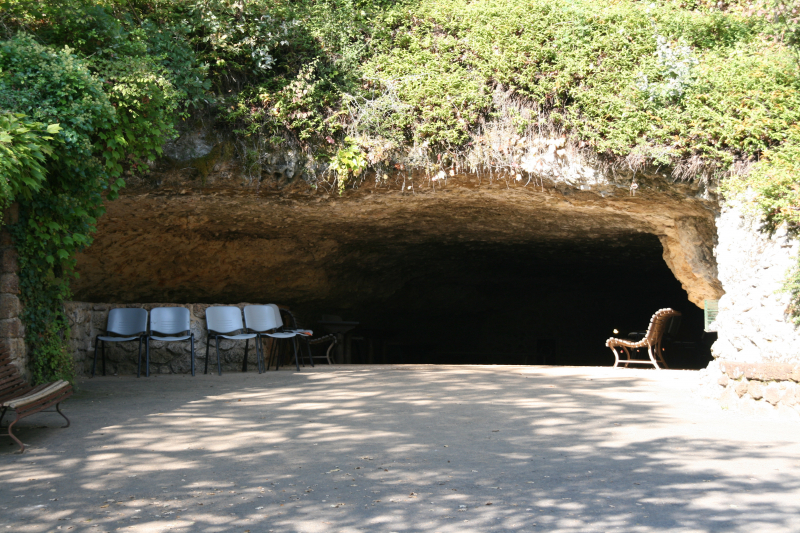
en.wikipedia.org 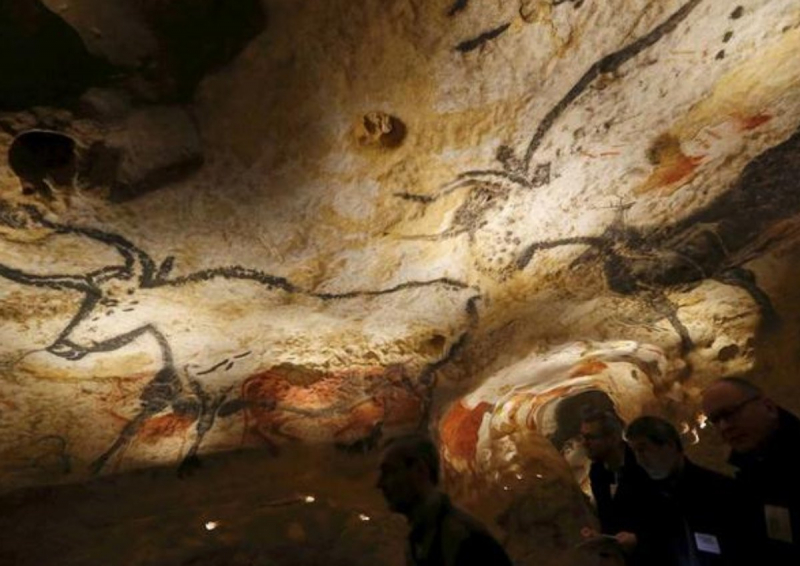
en.wikipedia.org









